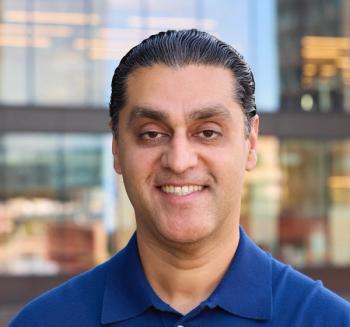
To Get Better Doctors, Teach Them to Think Like Designers
Burnout is a problem. This medical school dean says innovation and good old-fashioned empathy can help.
Perhaps the recipe for more effective and invigorated doctors is to get them thinking like cutting-edge designers—and with more empathy.
That’s according to Bon Ku, who believes medical schools need to make this fundamental change. He’s doing
Ku, the assistant dean for health and design at the Sidney Kimmel Medical College at Thomas Jefferson University, outlined his vision yesterday, Sept. 29, at the Mayo Clinic Center for Innovation’s annual Transform
His students find new solutions to old or ignored problems. He pointed to one situation in which his students modified a Nintendo Wii controller to allow an immobilized teenage patient to play video games by moving his head.
“He challenged our assumptions about health,” Ku said. “Being healthy was more than just accessing the healthcare system or not getting sick. Being healthy for him meant doing the things he used to do before his injury.”
A designer’s motto like “fail fast and often” seems antithetical to the idea of caring for a patient, Ku said, but that’s the point.
He wants students to “tinker, prototype, and dream of wild solutions in healthcare.” One example: Some students tested and equipped a customized hospital mattress with a sensor to prevent pressure ulcers.
As big data cohorts and tiresome administrative processes increasingly become part of a clinician’s life, Ku believes empathy and creativity are essential to avoiding fatigue and disengagement. Data, for example, tend to dehumanize its subjects, he said.
“Building empathy allows me to better understand the human experience behind the numbers,” he added. “When I get frustrated with how the healthcare system can suck sometimes, I focus on a sample size of 1.”
Ku crafted this philosophy after a few years of practice left him burnt out, a common problem in emergency medicine. He said he didn’t feel like he was making a difference, and the bureaucracy got to him.
But ideation, he found, can return idealism to medicine.
Many doctors are reluctant to fail or innovate, he said. So a platform like the Health Design Lab seems novel to up-and-coming physicians. And that can breed novel solutions for patients.






























































































